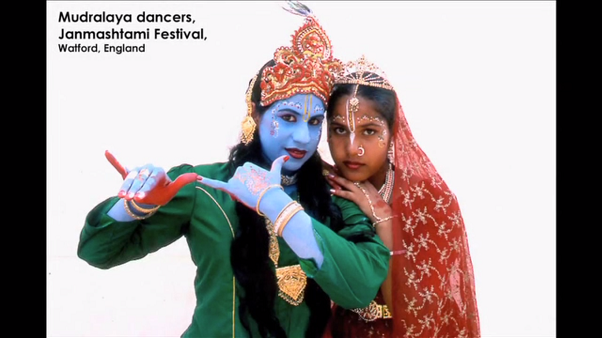Callum Flack saw my recent post here and wanted to see examples of the Ouroboros board in use — so this post is for him, and Ali Minai too if self-reference interests him — I’m guessing it does, unless computer science has moved so far ahead since Hofstadter wrote Godel Escher Bach that it no longer applies..
**
How to explain the ouroboros? It’s the ancient and ubiquitous symbol, found earliest, perhaps, in Pharaonic Egypt, of a serpent biting its own tail:
More recently, it’s a popular image in alchemy
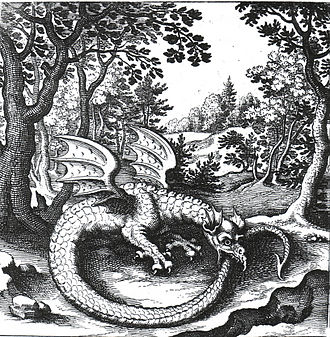
Self bites itself. And that’s a pattern worth watching.
**
Wikipedia tells us, quoting a Harvard study by Michael Witzel:
in the Aitareya Brahmana, a Vedic text of the early 1st millennium BCE, the nature of the Vedic rituals is compared to “a snake biting its own tail.”
Then there’s this example from a medieval Indian scripture, the Yoga-Kundalini Upanishad:
The divine power, Kundalini, shines like the stem of a young lotus; like a snake, coiled round upon herself she holds her tail in her mouth and lies resting half asleep as the base of the body
That’s ouroboros.
There’s a marvelous moment in the film Silence of the Lambs when the young FBI trainee, Clarice Starling, asks the psychiatrist and serial killed Hannibal Lecter:
You see a lot, Doctor. But are you strong enough to point that high-powered perception at yourself? What about it? Why don’t you – why don’t you look at yourself and write down what you see? Or maybe you’re afraid to.
That’s ouroboros.
The paradox of Epimenideas, the Cretan philosopher who declared “all Cretans are always liars” which St Paul mentions in his Epistle to Titus, is ouroboric.
Artists, too, can take an interest in such things as hands that are drawing hands drawing hands — a double ouroboros (MC Escher)..
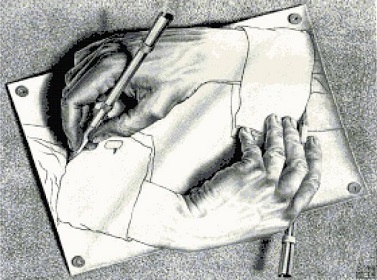
or pipes that are not pipes (Magritte):
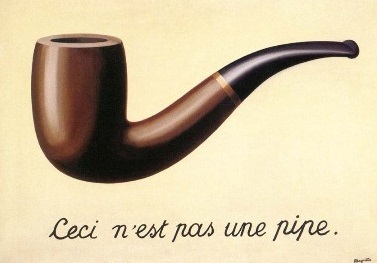
**
Anyway, here for any who are interested, are some instances of the one-move self-referential Ouroboros board in use:
I think you’ll see why this New Yorker title jumped out of the page at me:
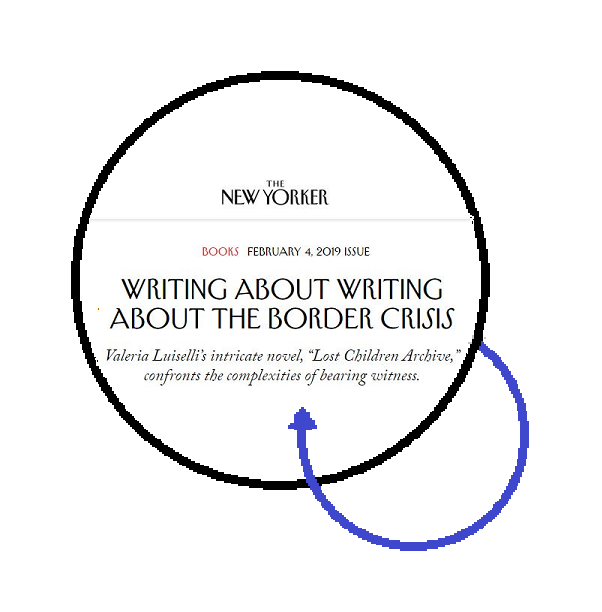
Writers like ’em!
I really liked these two examples, carried by political activists — the first on a back-pack:
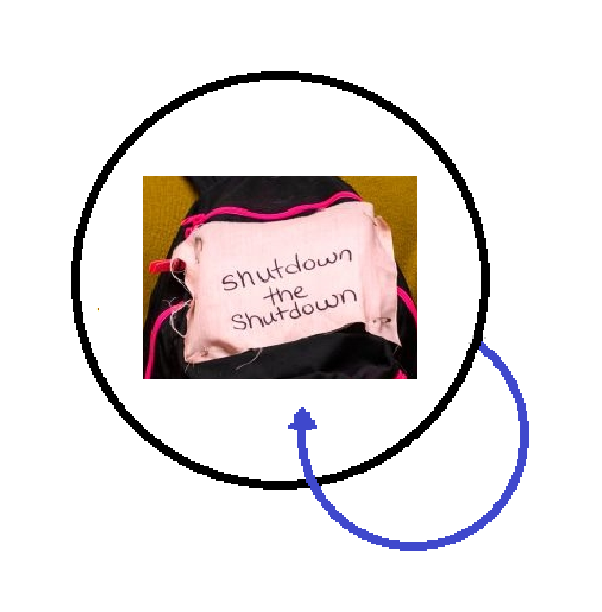
and the second on a placard — totally surreal, bearing no relation to the political event which was being protested:
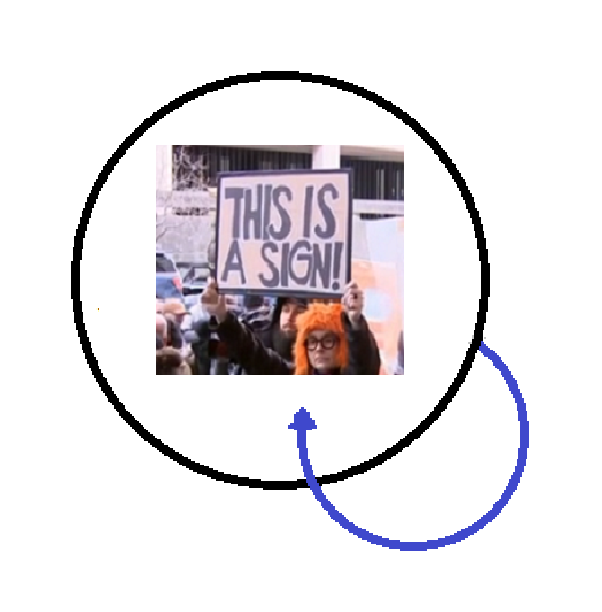
That, too, is an ouroboros.
Nancy Pelosi used a weird ouroboros the other day, saying:
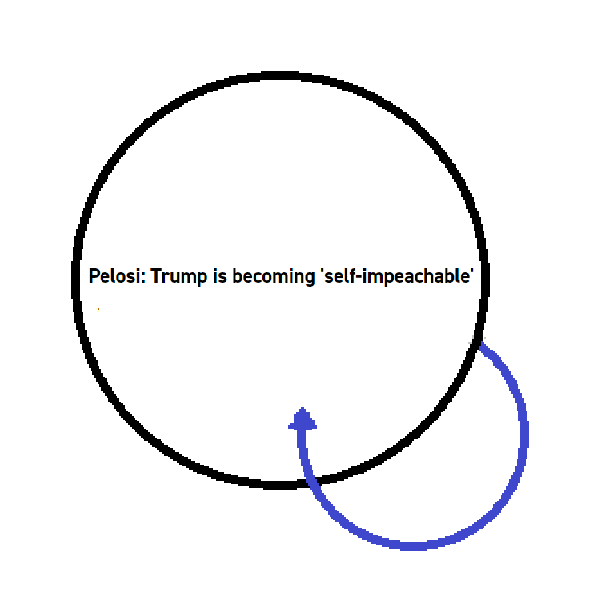
The logo of 8chan, home of the image-board where the extremists of the alt-right meet and plot away from prying eyes is another double ouroboros:
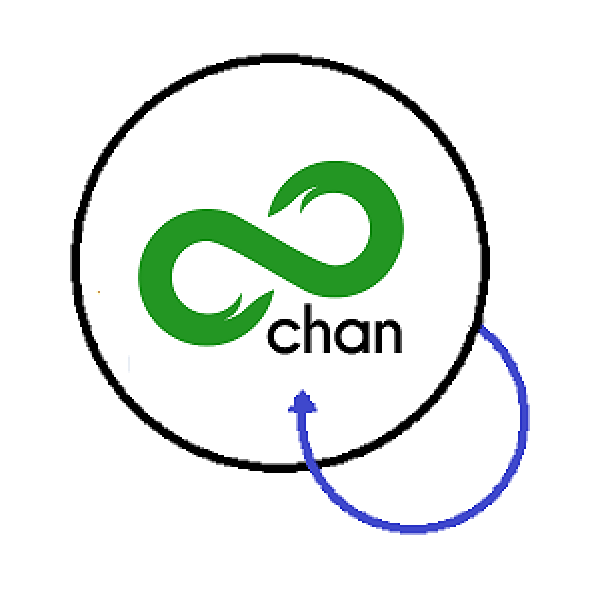
Here’s one from Hofstadter’s book, Godel Escher Bach:
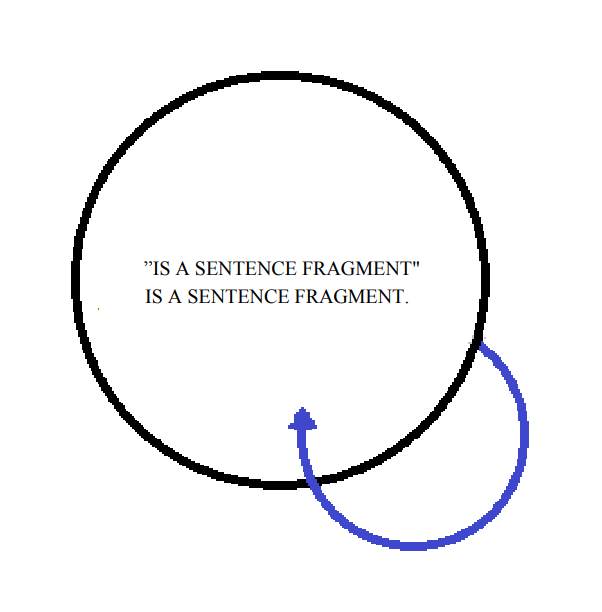
And finally, here are five instances collected by the writer William Safire:
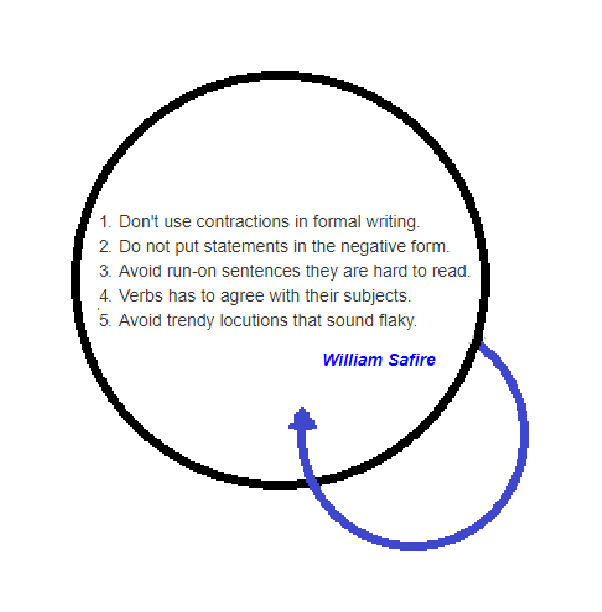
**
I hope you like these, and find your own — here, again, is the empty Ouroboros game board in case you wish to drop your own examples into it!
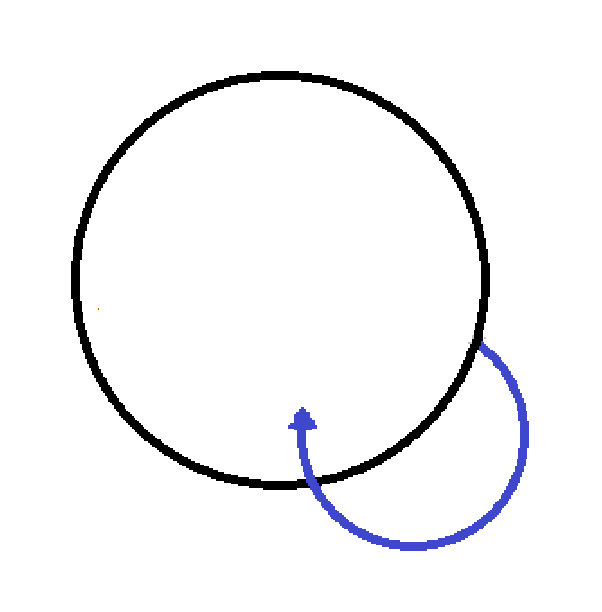
Enjoy!
